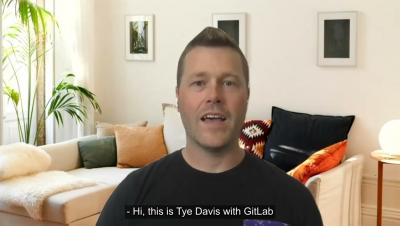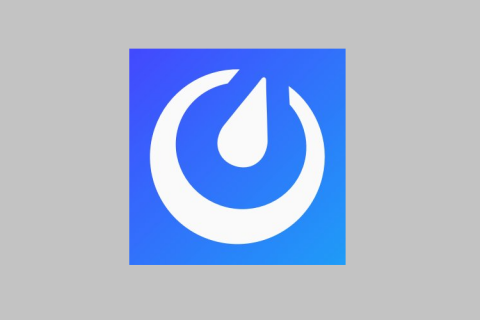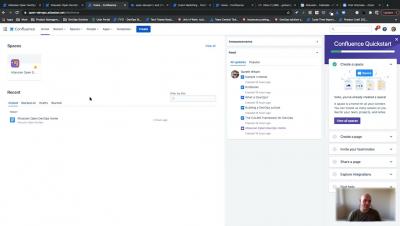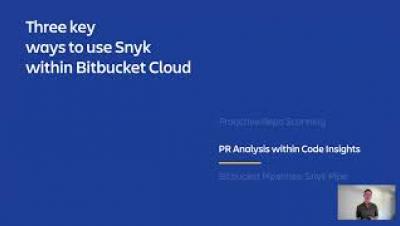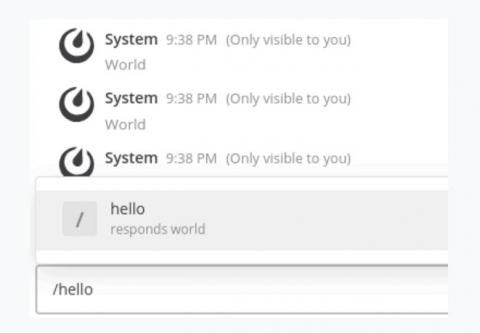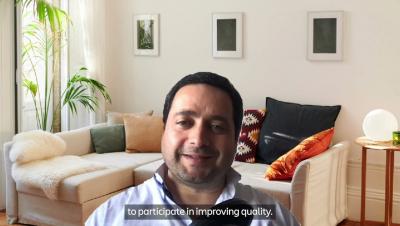Operations | Monitoring | ITSM | DevOps | Cloud
Collaboration
Mattermost Recipe: Leveraging the Kubernetes Operator to deploy our Community Server
Here’s the next installment in our Mattermost Recipes series. The goal of these posts is to provide you with solutions to specific problems, as well as a discussion about the details of the solution and some tips about how to customize it to suit your needs perfectly. If there’s a Recipe you want us to cook up in the future, drop us a line on our forum.
Overview of Atlassian Open DevOps
For more info on DevOps go to: http://ow.ly/Op5E50F2FT8
Tackling remote workforce security challenges post-pandemic
In the wake of the COVID-19 pandemic, many organizations are adopting or experimenting with new models of long-term remote work. For some, that means keeping their teams fully distributed. For others, it means giving employees more flexibility to work from home or even simply putting plans in place for the future. But this shift to remote work brings new challenges that both large enterprises and smaller organizations must face.
Mattermost plugins: The server side
In the first article in this series, we explained how to set up your developer environment to begin creating Mattermost plugins. In the second, we examined the structure of server-side and web app plugins and how to deploy them. Now, it’s time to dive deeper into the server side of the application, which is written in Golang.
Meeting Recordings app: Overcome Zoom fatigue and FOMO
The pandemic made Zoom ubiquitous. Everyone from preschoolers to CEOs use it to meet with others. Much of what we used to do by walking down the aisle, boarding a plane, or entering a classroom can now be handled on a Zoom call. Remote work has given rise to another trend: the fear of missing out (FOMO). At many companies, employees move from one Zoom meeting to another, forcing them to choose between Zoom fatigue and FOMO.
5 Reasons To Use Asset And Configuration Management
Pandemic Response, Maintainership, and Funding: Open Source Matters
Welcome to the first edition of Open Source Matters: our regular publication about the latest happenings in open source! Let’s dive into the news.


